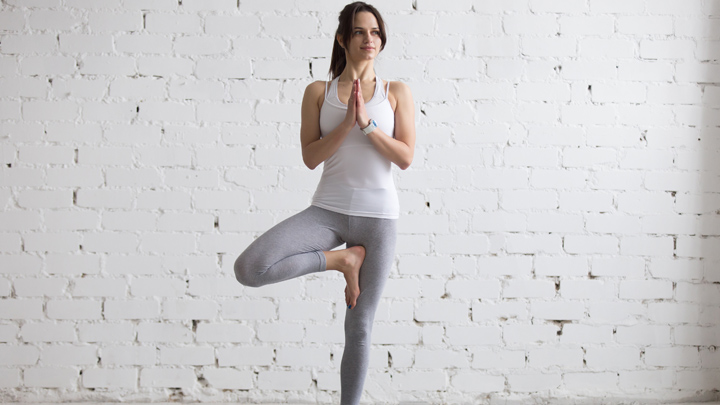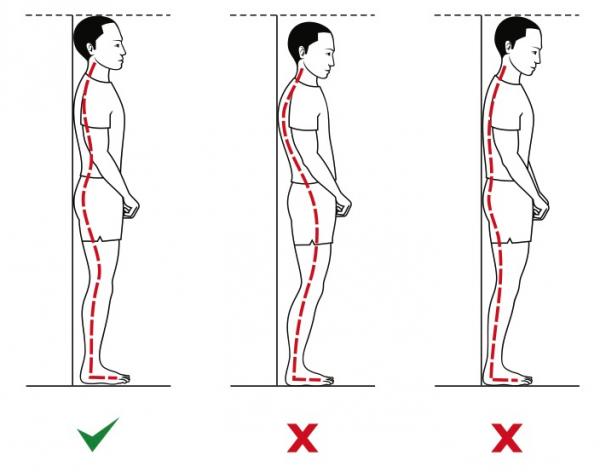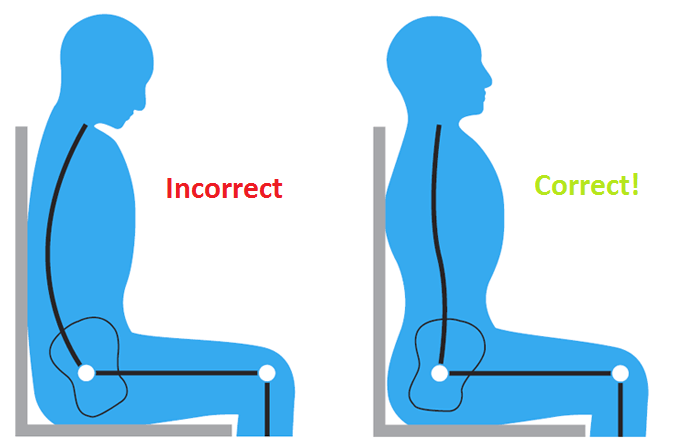These ones are going to be applicable and easy to follow. It’s no secret that we are experiencing one of the more stressful times globally, that most of us...
About the Author
Dr. Rahim Habib ND
Rahim Habib is a registered naturopathic doctor with over 15 years of experience in general family practice. He has a special interest in helping patients comprehensively detoxifying their bodies for preventative and therapeutic benefit. He also has a special interest in children’s health, assisting kids in their learning and behavioural health with conditions such as ADHD, Autism spectrum, asthma, allergies and childhood obesity. He also helps adults with chronic conditions, such as thyroid disorders, infertility, inflammation, obesity, autoimmunity, dementia and cancer care. He is the director of the Four Seasons Naturopathic Clinic for Detoxification and Healing and can be reached at 905-597-7201 or www.FamilyNaturopath.ca.


 The Wall Test – stand with the back of your head and shoulder blades and buttocks all touching the wall with your heels about three inches away from the wall. Slide one hand behind your lower curve of your back. There should be room for one hand’s thickness at the curve of your low back. If there is no room for your hand then your low back curve is too little. To correct this, arch your back so your hand fits comfortably behind you.
The Wall Test – stand with the back of your head and shoulder blades and buttocks all touching the wall with your heels about three inches away from the wall. Slide one hand behind your lower curve of your back. There should be room for one hand’s thickness at the curve of your low back. If there is no room for your hand then your low back curve is too little. To correct this, arch your back so your hand fits comfortably behind you. Practicing good posture and recorrecting yourself as you go will eventually lead to better long term posture habits. If will feel a bit odd and you may feel stiff trying to adjust yourself, but over time you’ll find your posture improving. Below are some tips to align your body better.
Practicing good posture and recorrecting yourself as you go will eventually lead to better long term posture habits. If will feel a bit odd and you may feel stiff trying to adjust yourself, but over time you’ll find your posture improving. Below are some tips to align your body better.

